
Streng Homes May be Deemed ‘Historic’
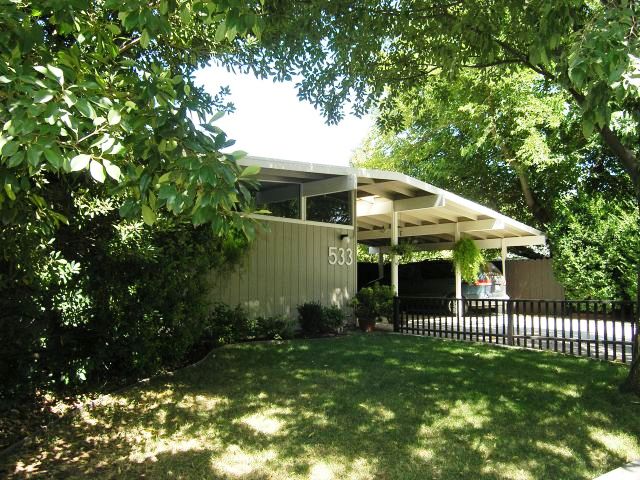 |
|
|
Thanks to efforts by a longtime resident, a beautifully intact neighborhood of mid-century modern homes in the college town of Davis may become a historic district. University Estates, built in 12 phases between 1964 and 1975 by Jim and Bill Streng, is both historically important and largely intact, a historian reported to the City Council.
“The University Estates neighborhood appears eligible for listing as a historic district on the National Register of Historic Places, the California Register of Historical Resources, and on the city of Davis’s list of historical resources,” historian Kara Brunzell wrote.
She continued: “Aspects of the neighborhood’s development were groundbreaking in Davis history, and many of its houses are architecturally significant examples mid-century residential styles.
“Streng Brothers has been recognized as one of the most important postwar builders in California, and the subdivision is an excellent example of a Streng tract. Although several houses have been heavily altered over the decades, roughly 85 percent of the buildings outside the northern border of the neighborhood retain integrity, and it features a sufficient concentration of contributing resources to qualify as a historic district.”
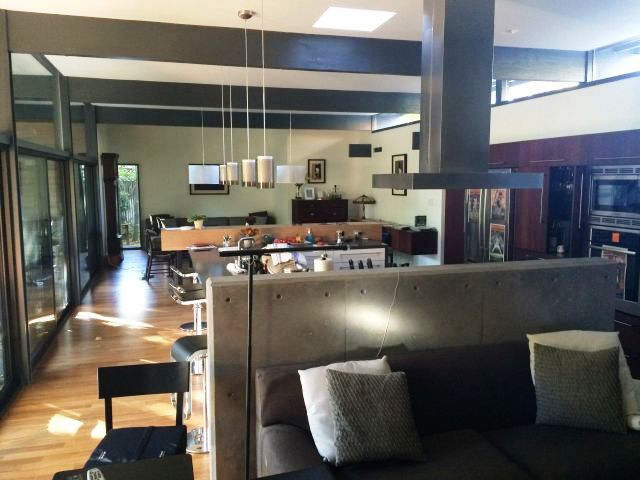 |
|
|
The neighborhood was identified as potentially historic in the recently adopted Citywide Historical Resources Survey 2015. “However, the next steps have not been addressed by the Historical Resources Management Commission,” says Ike Njoku, a city planner and historical resources manager.
“Typical process would be the detailed evaluation of University Estates and documentation," he said, "deliberation by the Commission; consultation/collaboration with residents of the subdivision; recommendation for designation by [the historical commission], and City Council action to designation or not designate.”
“Residents of the subdivision would be involved in the designation decision, and their support would facilitate the process,” Njoku says.
Eventually, according to the zoning ordinance, a plan would be developed for the historic district to “provide standards for review...to ensure that new development, renovation, and rehabilitation are compatible and complementary to the prevalent character-defining features, architectural style, historic context, and design elements within the historic district.”
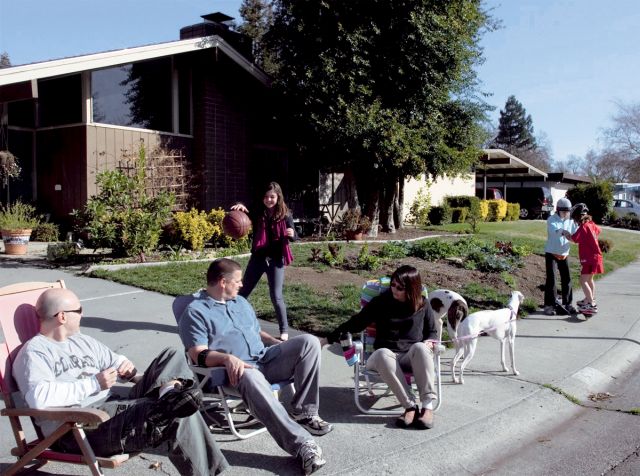 |
|
|
Allen Lowry, who has lived in University Estates for 25 years and raised a family there, evaluated every home in the neighborhood and shared his findings with Brunzell, who was hired by the city thanks to a state grant. Lowry's work has played a large role in the process.
“I used strict architectural criteria to evaluate each house and feel that there is a critical mass of potential historic homes,” he says. “ The density and consistency make for neighborhoods of real character, worthy of consideration as some kind of historic district.”
He says the goal now is to seek local historic designation only.
Lowry, an architect by profession and photographer and private pilot by avocation, is a member of the city’s Historical Resources Management Commission, which has overseen the survey.
“The intent,” Lowry says, “was to review areas built up to 1975 to see if any contained significant resources for consideration for recognition in future municipal actions.”
“This was the only neighborhood we came up with that is interesting” as a potential historical resource, Lowry says. Davis has other Streng neighborhoods, but they are too new to qualify as 'historic.'
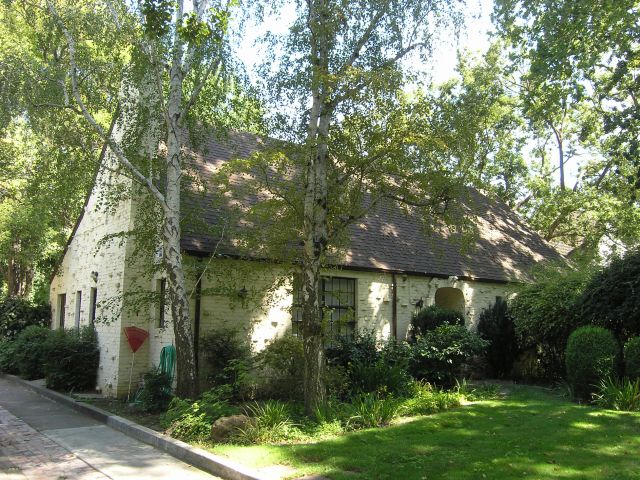 |
|
|
The city has one existing historic district, of older homes, and three other neighborhoods that have been called out as potential districts. The purposes of such districts include preserving character and guiding future development.
Most Streng homes were designed by architect Carter Sparks, who early in his career worked for Eichler’s original architects, Anshen and Allen.
“All of these houses [in University Estates] remain in use, and the overwhelming majority continue to express their original design features," Lowry says.
There are about 100 single-family homes and duplexes in the neighborhood. Most are modern but some are traditional in appearance.
“Streng Brothers subdivided the area between 1964 and 1971, and construction took place between 1965 and 1975,” Brunzell wrote.
“Many, especially along the older streets like Colby Drive and Orange Lane, are the iconic single-story Carter Sparks ‘Classic’ featuring a low-pitch front-gabled roof with large projecting beams, a façade under half the gable that is blank except for clerestory windows, recessed entryway, and a carport under the other half of the gable. “
 |
|
|
“Newer portions of the neighborhood to the northeast and west of the first houses exhibit a wider variety of Contemporary and Post-and-Beam plans. These include a flat-roofed version with double carport bay and a gable/clerestory house attached to a flat-roofed carport or garage.”
Although a local district can be created by the council without a vote by residents, Lowry says he expects there to be a “a long and cautious process. We want to make sure we don’t do anything wrong that would set the process back.”
He understands that some people are fearful of historic designation, because of fears it could restrain their ability to change their homes. “But it has been shown that historic designation increases values,” he says.
He adds: “I’m sure a lot of people don’t even realize their house has some historic merit.”
Lowry, whose architectural work includes major restorations of historic buildings, believes that education is key to preserving the neighborhood. Many people, he says, don’t “understand what they’ve got when they buy a house here. They don’t have a sophisticated appreciation of that.”
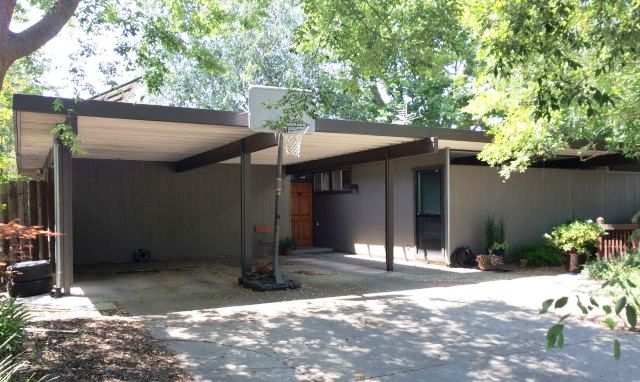 |
|
|
Over the years, he says, he has seen some homeowners make changes to their homes' exteriors that injure the overall aesthetic. He plans to prepare a kind of restoration guide to the homes that would help people remodel without making inappropriate changes.
“I want to put a stop to that,” Lowry says. “People don’t know what to do. They end up making the wrong decisions.” The guide would indicate, “These are the aspects of your houses that are important. Don’t mess with those.” The guide would show, “What kind of siding is original, what kind of windows are original, what colors are original?”
- ‹ previous
- 541 of 677
- next ›



